Niclas Torsell, MD for the company Swedish-Thai Product Co is more known in Thailand’s building construction sector as the representative for Lindab, a Swedish provider of lightweight construction products. With Lindab’s steel profiles Niclas and his Thai partner Thanaphat Phatsriruang are increasingly supplying the construction industry with building components and complete building systems in steel for commercial and residential properties. They are seeing very strong growth since a few years back and have a general agent licence for Thailand and Southeast Asia, aiming at strong expansion in the near future.
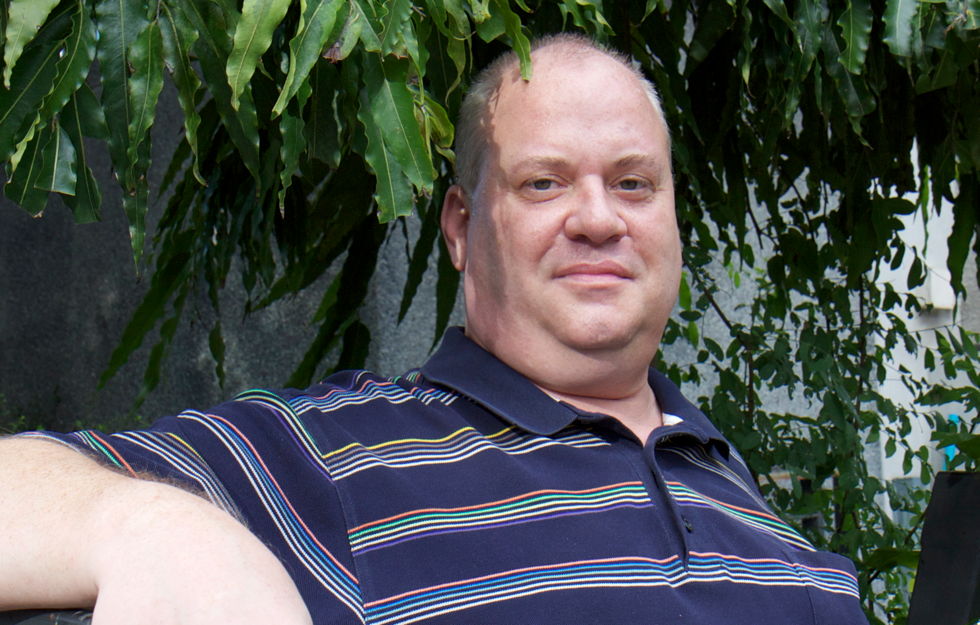
Niclas’ involvement in Thailand’ building construction sector goes back quite a while, to 1992, and he has since then seen a sea change in the industry.
“Back when I started, when I asked for gutter the construction firm wondered why on earth I needed that, and commented that it looks so ugly,” recalls Niclas, who actually ended up buying the gutter he wanted back in Sweden and brought it, as checked-in luggage, on the plane to Thailand! Niclas can’t forget the look of the face of the special check-in staff at the airport.
Thailand is a country where concrete has reigned as building material for decades. New ideas and new building methods have only taken hold gradually.
“As usual, someone has to make the first move, and that’s exactly what we’ve been doing by introducing the lightweight construction system to the Thai market alongside Lindab’s rain gutters and our locally produced sandwich panels.”
“Few know that we are taking the Thai construction business by storm with this. The largest construction companies on the Thai market are now adopting this Swedish technology. We are producing here on licence, with steel from Lindab, and plan to expand to Burma, Indonesia and the Philippines.”
PD House, Baan Thai Home and DIY Home & Factory are three prominent house building companies now offering the Lindab solution.
The prefabrication method is taking hold, where Lindab’s lightweight steel studs, ready-made from the factory and used for external walls, internal/external walls, roof trusses, and floor beams. can reduce the weight of the house by about 60%.
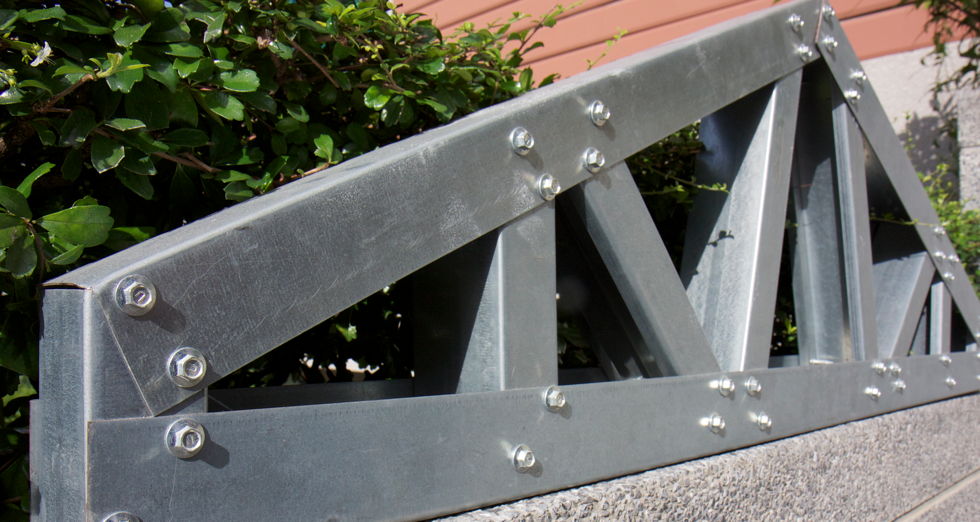
The construction products are assembled in a local factory and then freighted to the building site for erection. From the beginning Niclas actually started out by importing the customised, profiles from Sweden, while now, based on increasing growth, the production is in Kanchanaburi, and with assembly in Nong Khae. Swedish-Thai Product Co has also entered into a new collaboration with one of the largest producers of concrete in Thailand to set up a factory and produce prefab homes, as the market moves forward to pre-fabrication.
“They think it is much better to have the production in one central place and then transport the house out to the site. They transport the walls and the roof to the site and assemble (depending on location), explains Niclas.”
A recent Swedish customer, Maxxi Building Products, has also been doing this, for a project on the island of Koh Rong outside the Cambodian coast.
Once this reaches its full potential Lindab’s agent in Thailand will be able to deliver for 100 houses per month (each house on average requiring about 3 tons of material).
“We’ll need to reach a capacity of about 400 tons per month. We also, per request, produce ready-made modules that are then assembled on sight; bathrooms for instance. We’re increasingly getting requests for this. Almost nobody manufacture that on site in Europe – they are pre-fabricated and put into place.”
“It’s just a matter of when something enters Thailand,” comments the agent Niclas when it comes to European building technology and Lindab’s exemplary know-how and level of quality in building with steel.
“We started introducing his in 2007 but something happened in 2013, when all of sudden no more stupid questions; everyone knew what it was. It was almost as if my partner and I had to pinch our arms, wondering who had come here and taught the Thais about lightweight construction. But something had clearly happened, and that was the same time as the minimum wages went up to 300 baht per day, combined with the problem to find competent labour; today’s youth don’t want to be out in the sun, they’d rather work indoors in air-conditioned offices. It is the construction firms’ nightmare to build houses, as the labour they can get has such weak knowledge. So one gets too many defects, which is a cost in itself that they have hard times to price. There is not enough labour, and they commit mistakes, so the demand for prefab will keep on growing,” predicts Niclas.
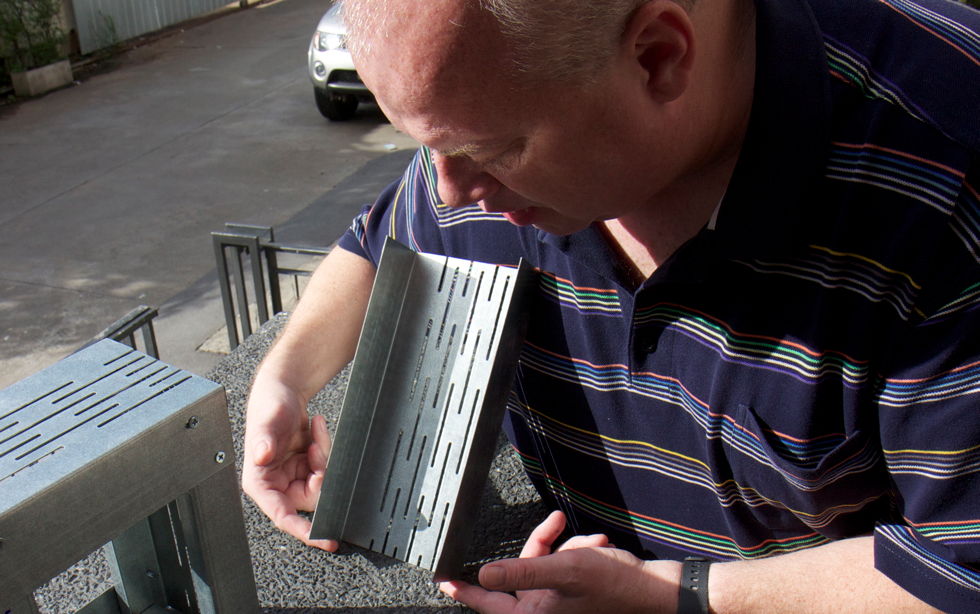
There are advantages to build with it in terms of: insulation, time-wise and that you can control it in a different way by having a factory producing prefab walls.
“The reputation spread among the construction companies that we were doing this and if comparing with steel profiles locally the main difference is that it’s only Lindab who has had a system for building entire houses with studs. While here in Thailand one has built everything using one and the same wall stud. And of course there is nothing like an universal stud.”
It also has to do with the quality of the steel, Niclas explains, and even the screws, that are also from Lindab. “One can only laugh but it is strange that most A-quality screws manufactured in Taiwan and Korea are sent to Europe.”
“It is difficult to use a local screw, as nothing is welded, but is screwed together. And then one cannot use a screw that rusts within ten years or so. You can dismantle the house again, if you want. And that is very beneficial especially with bungalows, as since the tsunami you cannot have permanent homes on many islands – it can be complete homes, but that one can dismantle.”
“Depending if it is only galvanized steel it must not come from Sweden but from a steel provider in Europe, but if it is painted metal, for roof panels; then it all comes from Sweden. It differs from what we consider can be used for constructions of houses versus what they here consider useable. We have more flexible steel while here in Asia if you overload their hard and brittle steel it just cracks without pre-warning. With pre-heated, hard but flexible steel you will see and hear that it bends before something happens, should you place too much weight on the roof.”
Lindab’s software calculates exactly the thickness etc. needed and can manage three and even four-storey buildings.
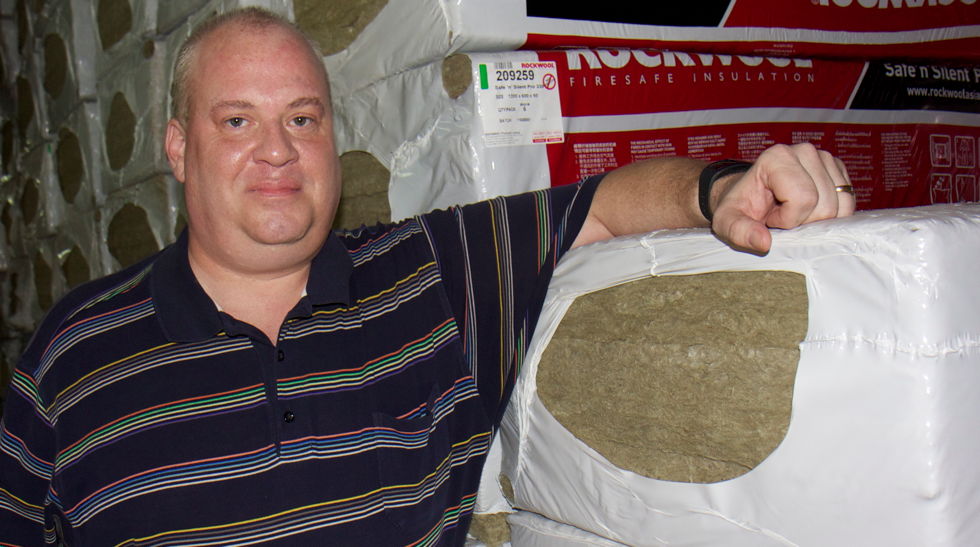
“It has to do with distributing the weight and loads on the walls and down into the ground. So there’s a large difference. Traditionally built homes here can look huge on the outside, but in order to have cheaper construction there may be pillars in the middle of the living room, kitchen etc.”
So why steel? Steel studs are increasing replacing wood and concrete because of their dimensional stability, fire safety, sound insulation and mould resistance.
“In Sweden wood is more affordable but otherwise steel is a better material. Here in Thailand it is forbidden to cut down any trees, so it has become advantageous. Concrete means getting a wet house with a lot of moisture. And it absorbs: a house wall, depending on the afternoon sun heats up the wall,” replies Niclas.
Then there is the for westerners not so insignificant matter of insulation, where up until now little or nothing is being done in Asia to save energy. On this front Lindab also has a solution: “You can have sun day in and day out without it becoming hot indoors. You have the insulation protecting, in this case, heat from entering the house.”
The energy saving can be up to 30 per cent, according the Niclas. And the solution? Niclas shows a criss-cross pattern of the steel stud.
“If you have a completely even stud then both sound and heat are being transferred through it. But if you criss-cross it, like a snake, you are actually extending the width of the stud. You get a longer resistance for both sound and heat to get through.”
It is common knowledge in Scandinavia to slit the steel like this, while here most Thais stare at Niclas, thinking he is nuts or that he is stingy in trying to take out as much steel as possible for reuse.
“Even the larger steel companies came up to us at the trade show wondering what on earth this was! Well, engineers of high standard, for them this is nothing alien, but nobody is doing it.”
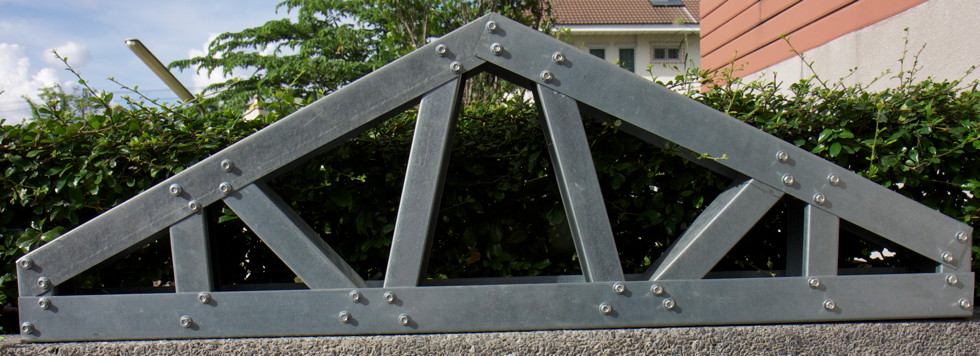
“As insulating material mineral wool is the easiest and most optimal here. We are going away from organic materials more and more, as you have termites and other things. Even with no insulation it will be better than solid concrete. Thais prefer Fibre cement plate, but it’s quite expensive. I don’t really like it as you get a quite loud noise in the house.”

